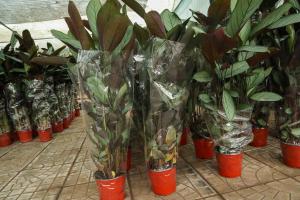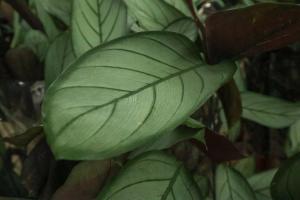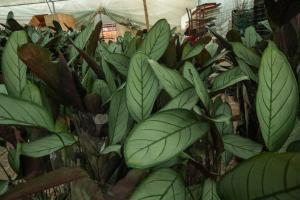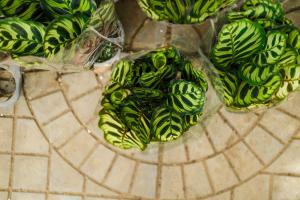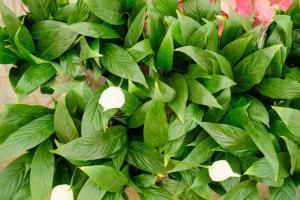Ramet method
Time selection:
In general, we will choose April to may in spring or later in autumn. If it is the second time period, we can combine it with changing pots
Specific steps:
Select dense plants, lift them out of the basin, carefully separate the plants, potte them separately, water them fully, and keep them in a semi shady place

Precautions:
First of all, the temperature is still relatively low in the early spring. At this time, if reproduction is carried out, the root may be damaged, and the survival rate will be relatively low. Therefore, the ramet cannot be carried out too early until the temperature rises. Second, it's best to have three or four or more small plants on each plant, and keep appropriate soil, so that the plants will grow well later. Finally, it is the configuration of culture soil. It is best to mix loose rotten soil, peat soil, perlite and sand
Tissue culture method
If we use this method, we will choose tender stems or petioles without spreading leaves as materials. After disinfection, the petiole is cut into small segments of about 3mm under sterile conditions, or the tender stem is cut into small pieces with knots of the same length and cultured on the culture medium for induction, so as to restore the wound of the material and promote the formation of adventitious buds. Under proper conditions, adventitious buds can differentiate into adventitious roots. When the roots are strong enough, they can be transplanted into the cultivation soil
Precautions: peat and perlite shall be selected for the configuration of cultivation soil, with a ratio of one to one. In addition, after transplantation, the air humidity should be higher, which can improve the survival rate


 how many times do yo...
how many times do yo... how many planted tre...
how many planted tre... how many pine trees ...
how many pine trees ... how many pecan trees...
how many pecan trees... how many plants comp...
how many plants comp... how many plants can ...
how many plants can ... how many plants and ...
how many plants and ... how many pepper plan...
how many pepper plan...